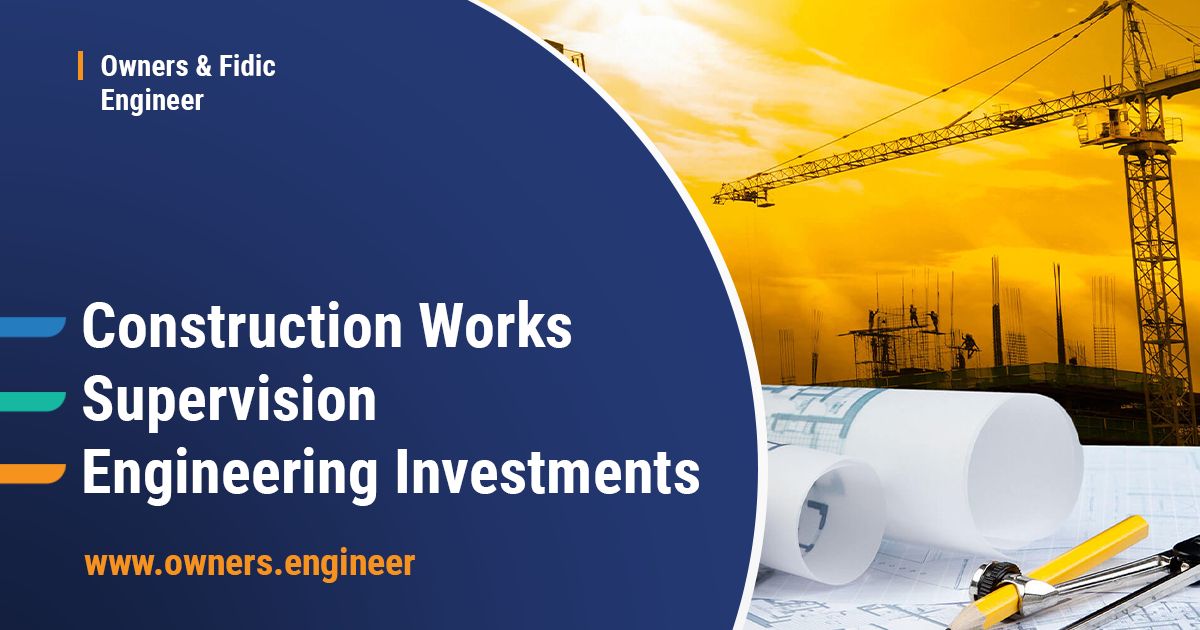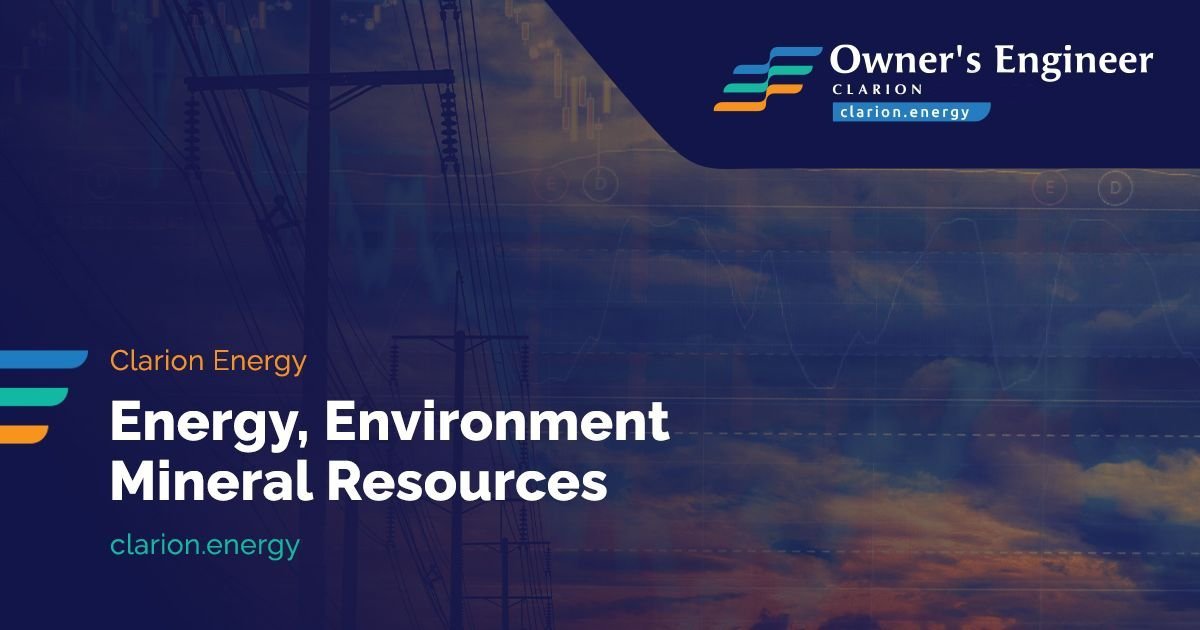In modern infrastructure, oversight isn’t a paperwork ritual—it’s a translation exercise. Design choices, test results, and schedule slips must be converted into hard numbers a credit committee can act on. That alignment of technical risk with financial consequence has become the essence of how projects get financed, built, and handed over.
Why this shift is happening
Industrial plants, substations, wind farms, and logistics hubs are no longer judged only by how they perform in the field. They are financial assets with covenants, drawdown schedules, and debt-service tests attached. Lenders, export credit agencies, and IFIs will release capital only when the project’s technical reality proves the money is safe.
That puts the Owner’s Engineer (OE)—or the Lenders’ Technical Advisor—at the center of governance. Their job is to turn engineering signals (a failed FAT, a cluster of NCRs, a slipping critical path) into bank-ready intelligence: what it does to interest during construction (IDC), contingency burn, revenue start, and DSCR.
How the model works
Inputs (Engineering): design reviews, ITP status, NCR/CAR aging, FAT/SAT data, HSE/ESG audits, schedule float.
Transform (Oversight): quantify probability and impact, map into € and days, update the risk register, propose controls.
Outputs (Finance): drawdown recommendation, IDC reforecast, contingency curve, DSCR outlook, covenant headroom.
The process is gated: design freeze, long-lead release, civil completion, mechanical completion, energization, performance tests, and final acceptance. Each gate must be crossed with evidence—not promises.
Turning technical signals into money signals
A modern oversight report reads like a bilingual text: engineering on the left, finance on the right.
- Three major NCRs open >30 days → process weakness → contingency erosion and potential liquidated damages.
- Transformer FAT failure → re-test and delay → IDC rises, revenue start slips, performance bond under review.
- Performance test −3% vs guarantee → efficiency loss → lower EBITDA, DSCR pressure, possible equity cure.
The arithmetic is blunt:
IDC impact = outstanding debt × rate × (delay days/365).
For energy assets, revenue loss = ΔMWh × price × availability.
These numbers decide whether a tranche is released—or held.
The lender’s gatekeeping is data-driven
Disbursement packs have hardened. Beyond a contractor invoice, credit teams now expect:
- Closed ITP witness/hold points.
- FAT/SAT raw data tied to serial numbers and calibrated instruments.
- NCR/CAR ledger with closures, not intentions.
- Schedule S-curve vs. baseline, with critical path commentary.
- ESG checks with photographic/time-stamped evidence.
- An OE certificate that maps every exhibit to a specific loan condition.
This isn’t bureaucracy. It’s how banks convert technical certainty into financial comfort.
Quality is cashflow
Quality management once sounded like a compliance chore. Today it moves money. First-pass yield at FAT, ITP closure rates, NCR density, and critical-path float are tracked as leading indicators of cashflow resilience.
When those metrics slip, oversight tightens: more hold points at suppliers, independent retesting, or a re-baselined schedule. When they improve, margins and contingency are protected—sometimes even lowering the interest margin late in construction.
ESG is no longer a side note
For projects backed by IFIs or sustainability-linked loans, ESG non-conformities can hold a tranche as effectively as a failed dielectric test. Worker welfare, waste handling, community engagement, and emissions controls now sit inside the same oversight pipeline, with the same evidentiary burden and the same financial consequences.
Digital oversight makes the link traceable
The tools have caught up with the governance. BIM and digital twins tie progress to cost codes; cloud QA/QC platforms attach raw test data and calibration certs to serial numbers; dashboards let lenders see photos, timestamps, and milestone status in real time. The result is an audit trail that moves smoothly from drawing to disbursement.
A case in miniature
On a 150-MW wind-farm substation, an early surge in NCRs around busbar assembly triggered OE scrutiny. The team tightened hold points at the fabricator, added a targeted re-test plan, and pushed a two-week micro-delay to protect first-pass yield at FAT. The choice raised IDC modestly—but avoided a far larger penalty and protected revenue start. The lender approved the next tranche with a condition: close-out proof on the corrective actions before shipment. It worked.
What to watch next
- Performance-linked EPC margins: fees at risk against test KPIs.
- Real-time disbursement dashboards: lenders reading the same data streams as OEs.
- AI anomaly detection: surfacing outliers in test sets or schedule drift before they hit the balance sheet.
- ESG automation: integrating field audits directly into loan conditions.
The takeaway
Oversight has evolved from inspection to translation. The winning projects are those where engineers, OEs, and financiers speak a shared language: technical signals in, financial consequences out. When that link is tight, money flows on time, assets enter service with fewer surprises, and the project’s story holds up under audit.
Alignment of technical risk with financial consequence isn’t a slogan. It’s the operating system of bankable infrastructure.
Elevated by www.clarion.engineer












